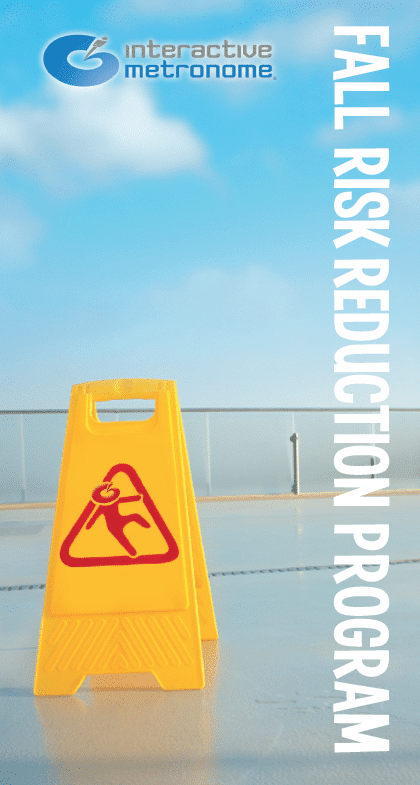Featured on McKinght’s Search Eldercare: A therapeutic intervention to decrease fall risk

By: Erica Leiva | July 11 2012
Preventing falls among patients in healthcare settings requires a comprehensive approach. As therapists we find that falls can result in hip fractures, head injuries or even death. In many cases, adults aged 65 years or older,who have experienced a fall, have a hard time recovering and their overall health deteriorates. One half of all older adults hospitalized for hip fracture never regain their former level of function. For our patients, the fear of falling results in self-limiting activities. It causes reduced mobility and fitness and ultimately predisposes them to falls.
Researchers have identified the most effective fall risk reduction programs involve the three main strategies of: balance training including timing and rhythm and physical activity; medical management; and environmental/home modifications. We’ve adopted this approach and found that a combination of all three interventions can help prevent falls in the home, out in the community, as well as in healthcare settings.
A few months ago, the HealthSouth Sunrise Rehabilitation Hospital, based in Sunrise, FL, dedicated an entire gym to balance and fall risk reduction therapy. We wanted to provide a program to our patient population that incorporates a comprehensive approach to fall risk reduction. Our program addresses the musculoskeletal, proprioceptive, oculomotor, vestibular and cognitive /communicative systems through specific therapeutic activities and exercises while emphasizing the foundational skills of timing and rhythm.
While most fall risk reduction programs focus on balance and gait training, we believe that timing and rhythm play an equally important role. As such, we began using Interactive Metronome (IM), which had been used, up until recently, mainly with our traumatic brain injury patients. Seeing the improved outcomes with that patient population encouraged our physical therapy team to incorporate IM into our fall risk reduction plan. The therapy requires a patient to focus on auditory stimuli and make a motor response to hit the trigger on the beat. The patient must decide to slow down, speed up, or remain consistent during the session. This helps patients identify their own timing tendency, and learn how to counteract those tendencies.The system can measure a patient’s performance in milliseconds. This replicates the same speed as muscular contractions. It helps us to further evaluate the patient in a way we had not done in the past. It also uses auditory and visual feedback to guide performance. Currently, we are using IM on all patients who are admitted with hip fractures or gait disturbance.
When we have a patient admitted to our hospital with hip fractures or gait disturbance, we first complete a longform assessment on them along with the stroop, trail making and multi-directional functional reach test to get a baseline of the patient’s balance and cognitive function. Our physical therapists review the three systems we feel are the most impaired in the patient and contributed to their fall or imbalance.
If we choose musculoskeletal, proprioceptive and vestibular for example, we then work on these systems the way we normally would. However, we add IM sessions into the activity so the patient is getting the dual benefit of the exercise and working on attention. Dual tasking is shown to make walking more difficult in the elderly. Many of our patients state they fell because,”they weren’t paying attention.”Practicing a task while forcing attention to a second task will lead to improvements in balance.
When incorporating exercises with IM, our patients get the benefit of working balance systems and timing structures simultaneously. Among IM users, we’ve seen improved cognitive abilities and balance. Improvement in these two areas has led to enhanced scores on the stroop and functional reach tests.
Overall, through our experience, we find that including timing and rhythm activities during our therapy sessions has helped our patients as they regain their functional independence and prepare to return to the community.
Erica Leiva, DPT, is the inpatient physical therapy team leader at HealthSouth Sunrise Rehabilitation Hospital in Florida.
